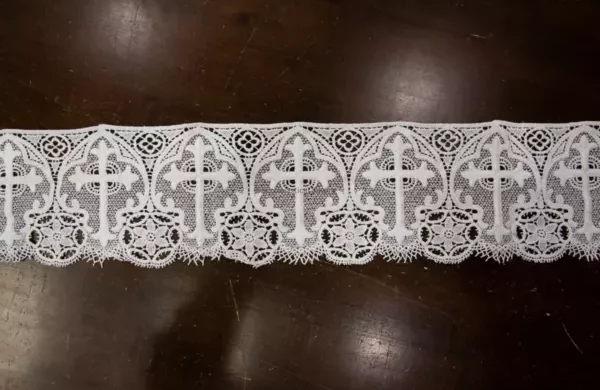
Church Lace: Beauty and Reverence” explores how lace, known for its delicate patterns, has adorned churches for centuries. It symbolizes purity and devotion, adding elegance to altars and vestments, fostering a sense of reverence in worship.
Like this:
Like Loading...
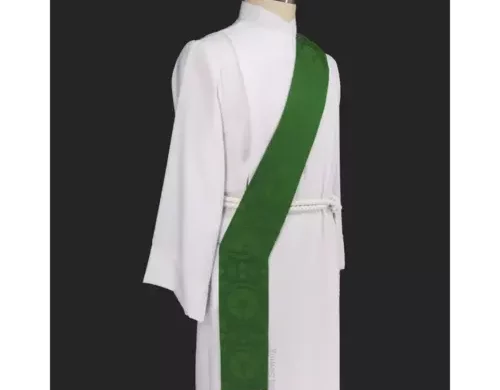
Learn the differences between pastoral and deacon stoles in ecclesiastical vestments. Pastoral stoles hang straight, symbolizing priestly authority, while deacon stoles are worn diagonally, representing servitude. Discover their historical significance and unique roles within church hierarchy.
Like this:
Like Loading...
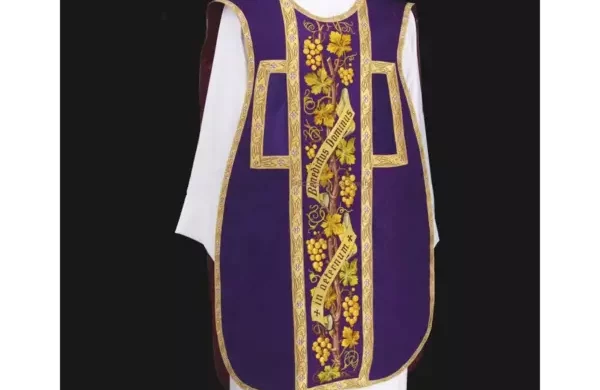
Jesus’ revolutionary command to love transformed religious teachings, promoting personal change and inclusive, selfless love. This agape love inspired societal change, influencing ethics and philanthropy. Philosophers and activists further developed this ethic, shaping societal norms toward love and justice.
Like this:
Like Loading...
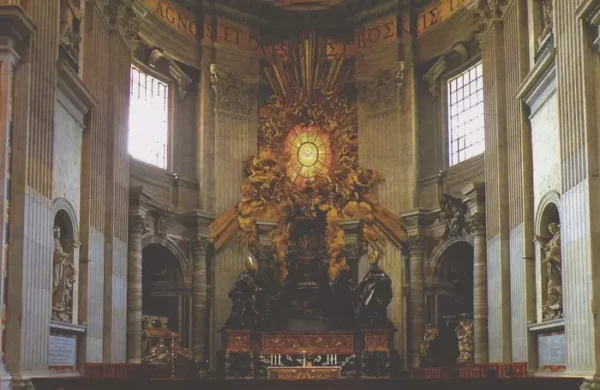
The Saint Peter’s Throne in Vatican City’s Cathedral Basilica is a stunning piece of art made by Gian Lorenzo Bernini in the 17th century. It was commissioned by Pope Alexander VII and took over a decade to finish. The throne is made of gilded bronze and decorated with symbols like Saint Peter’s keys and the papal tiara. It’s a symbol of faith and artistic skill from the Baroque era. For more info, you can check out the Vatican’s website.
Like this:
Like Loading...

Our vestments may seem expensive, but they reflect our commitment to quality and timeless design. Handcrafted in the USA with top-notch materials, they outlast cheaper alternatives and bring beauty back to worship attire. As a family-owned business, we prioritize excellence over speed and are dedicated to restoring tradition in church apparel.
Like this:
Like Loading...
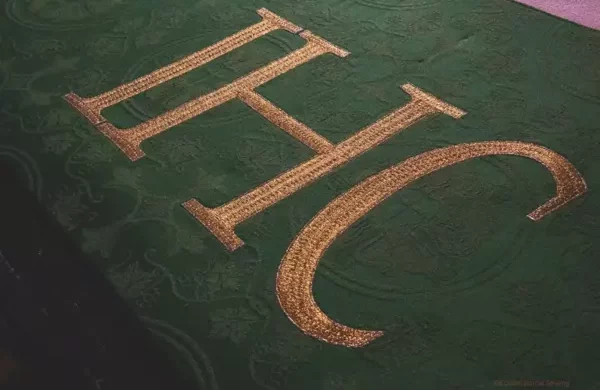
The IHC symbol, seen in the Book of Kells and St. Peter’s Basilica, is a significant emblem in Christianity. Its enduring appeal stems from its representation of Christ’s authority, echoed in biblical passages, and its connection to the reverence for Jesus’ name by early Church Fathers like St. Jerome. Adorning churches and artifacts, it symbolizes the central role of Christian worship and iconography.
Like this:
Like Loading...

Our collection is the perfect gift for someone special, especially for those important moments. Whether it’s a birthday, anniversary, or just because, these stunning pieces will surely be cherished. Treat yourself or surprise a loved one with a unique and meaningful piece from our Sacred Heart collection.
Like this:
Like Loading...
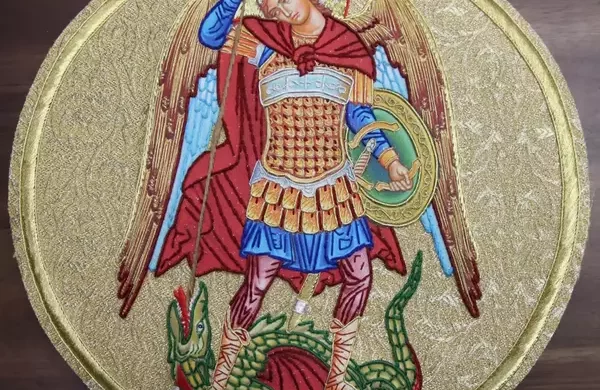
Discover traditional liturgical vestments and more! We offer designs, fabrics, lace, and classes for the DIY community. Explore our stunning appliqués and support our mission to preserve classical charm. Join us in reaching congregations seeking timeless supplies.
Like this:
Like Loading...
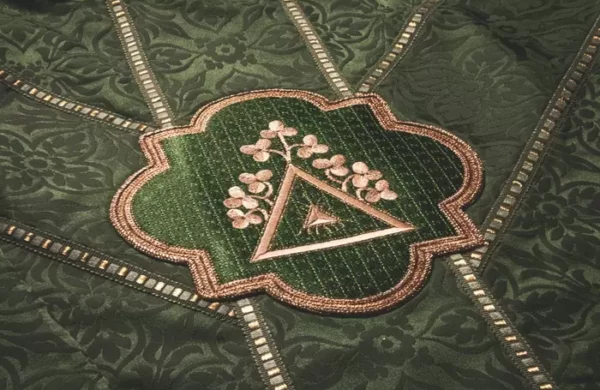
Silk is celebrated for its luxurious feel, strength, and lightness. Its unique fibers give it a natural shine and smooth texture. Surprisingly strong, silk is as durable as steel. It’s lightweight and breathable, suitable for any climate. The labor-intensive production process has made silk a symbol of luxury for over 5,000 years. Historically treasured by royalty and traded along the Silk Road, silk combines beauty, strength, and historical significance.
Like this:
Like Loading...
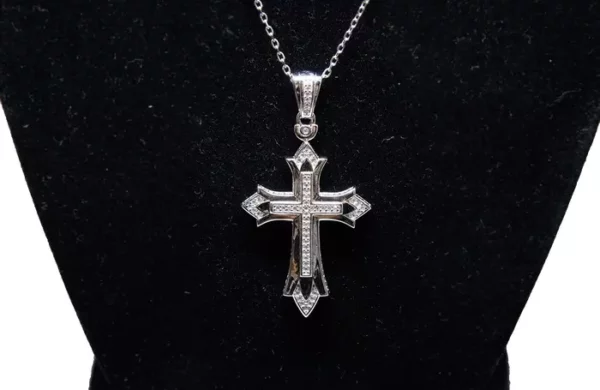
King Solomon, seeking wisdom during a difficult time, asked his advisor for help. The advisor suggested finding a magical ring that would bring balance to his emotions, making him happy when sad and thoughtful when happy. After a long search, a wise jeweler crafted the ring with the inscription “This too shall pass.” This phrase reminded Solomon of life’s transient nature, helping him maintain perspective and calm in all situations.
Like this:
Like Loading...
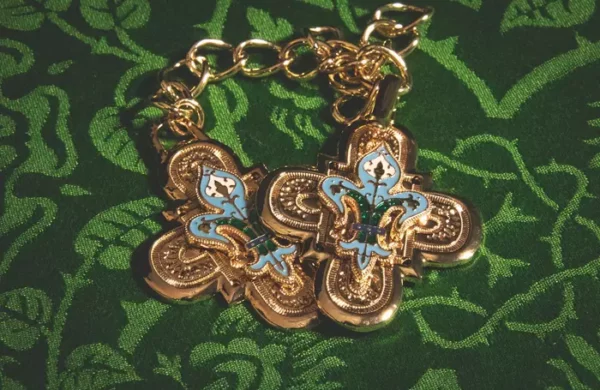
The Morse clasp, from the Latin “morsus” meaning “bite” or “catch,” is used to fasten the cope in liturgical attire. Originating between the 12th and 14th centuries, these clasps were essential for securing the cope during ceremonies. Historically ornate, featuring religious symbols and intricate designs, Morse clasps have evolved but kept their primary function. Today, they remain vital in church vestments, combining practicality with aesthetic appeal.
Like this:
Like Loading...
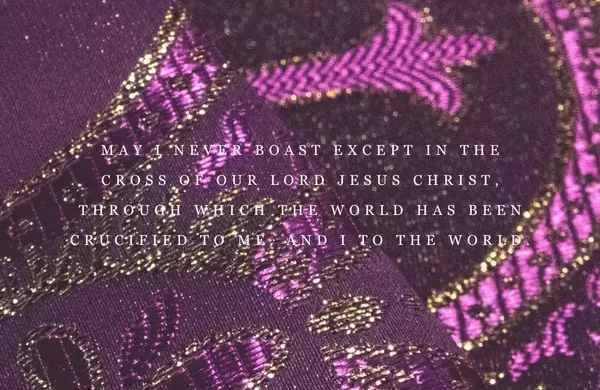
Introducing our Fleury Brocade fabric, perfect for beginners and budget-conscious crafters. It is cost-effective, user-friendly, and offers a beautiful, polished finish. Ideal for sewing liturgical garments or any home projects,
Like this:
Like Loading...
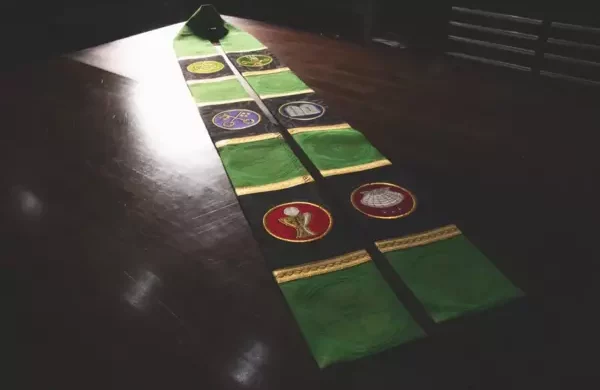
The six chief parts of the catechism are symbolized as follows: The Apostles’ Creed (Trinity) summarizes core Christian beliefs. The Lord’s Prayer (Censer) guides daily communication with God. The Office of the Keys and Confession (Keys) explains the Church’s authority to forgive sins. The Ten Commandments (Carved Stone) emphasize the moral law and humanity’s need for a savior. The Sacrament of the Altar (Chalice) discusses the Eucharist and Christ’s presence in it. The Sacrament of Holy Baptism (Shell) offers forgiveness, deliverance from evil, and eternal salvation.
Like this:
Like Loading...
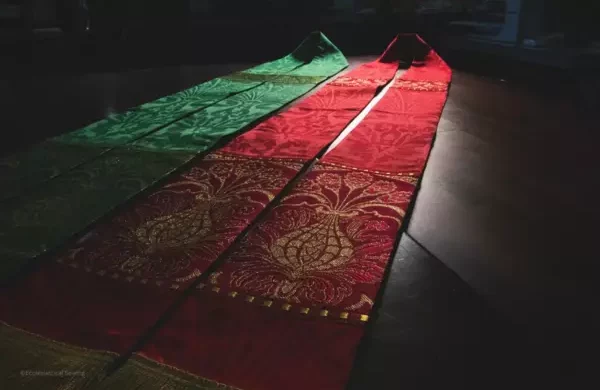
Saint Nicholas of Myra, a 4th-century bishop in modern Turkey, is famed for his secret gifts of gold to save three sisters from poverty. Celebrated on December 6th, he is known for his kindness, charity, and defense of Christian doctrine. His legacy inspires hidden acts of kindness and strong faith.
Like this:
Like Loading...
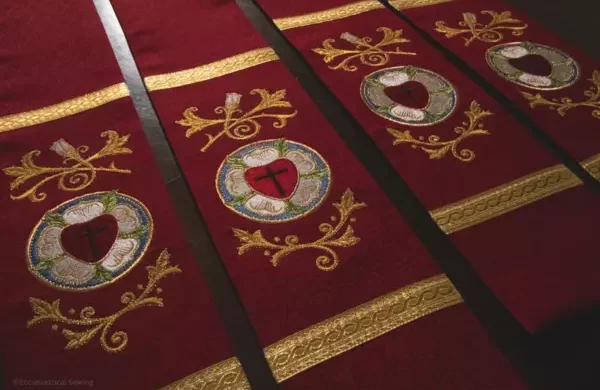
The Luther Rose, created in 1530, symbolizes Martin Luther’s core beliefs. It features a black cross representing faith in Christ for salvation, set against a red heart, signifying a living faith. Surrounding this is a white rose, symbolizing joy, comfort, and peace, with a blue sky background highlighting eternal hope. Encircled by a gold ring, it signifies everlasting bliss in Heaven. Widely used in Lutheran churches, the Luther Rose remains a powerful reminder of the Reformation’s impact.
Like this:
Like Loading...

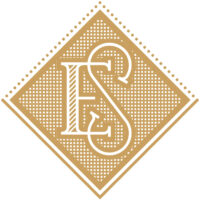














You must be logged in to post a comment.